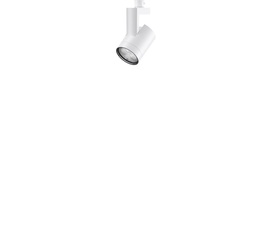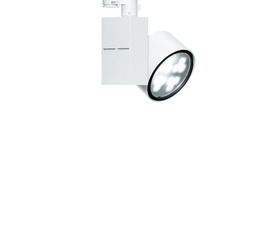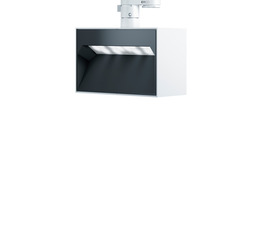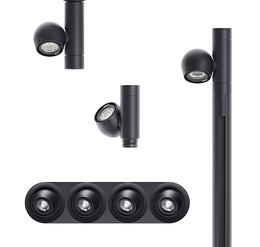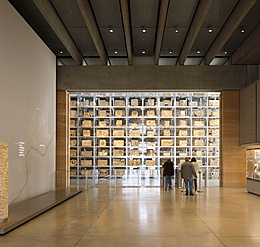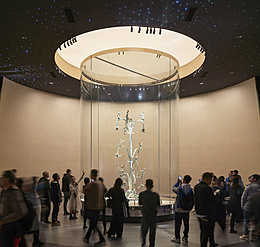A well-planned and well-executed lighting plan can shape the visitor experience and bring benefits for art conservation and preservation. This can be experienced at the Matisse Museum in Nice. We spoke with Aymeric Jeudy, Director at the Musée Matisse.
Henri Matisse does not need much introduction as being one of the world’s most beloved artists, and today many of his works are preserved and displayed at the ‘Musée Matisse’ in Nice, France which opened in 1963. The converted country house is very near where Matisse lived and is situated in a public park, currently with the ‘Théatre de Nice’ by Calder displayed in front of the building. The main collection of around 600 Matisse works provides a tremendous opportunity to educate visitors of all ages, and the museum takes great care in telling the story of Matisse and his work to audiences ranging from young school groups to adults from the world over.
Other topics
Contact
Contact
myERCO
myERCO
Your free myERCO account allows you to mark items, create product lists for your projects and request quotes. You also have continuous access to all ERCO media in the download area.
LoginDownloads
Downloads
Technical environment
Technical environment
Standard for USA/Canada 120V/60Hz, 277V/60Hz
- 中文
- 日本語
- 한국어
Our contents are shown to you in English. Product data is displayed for a technical region using USA/Canada 120V/60Hz, 277V/50Hz-60Hz.
More user friendliness for you
ERCO wants to offer you the best possible service. This website stores cookies for this purpose. By continuing to use this website, you consent to the use of cookies. For more information, please read our privacy policy. If you click on "Do not agree", essential cookies will continue to be set. Certain contents of external pages can no longer be displayed.
{{ tu_banner_headline }}
tu_banner_copy












